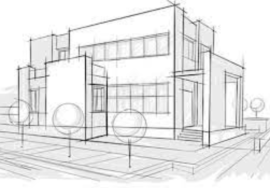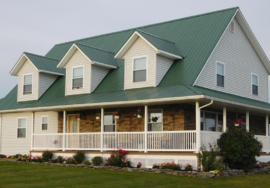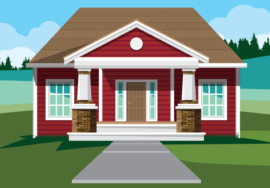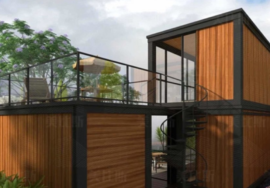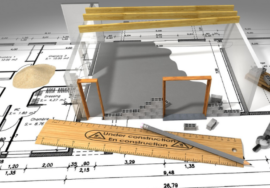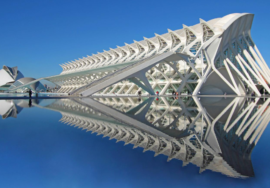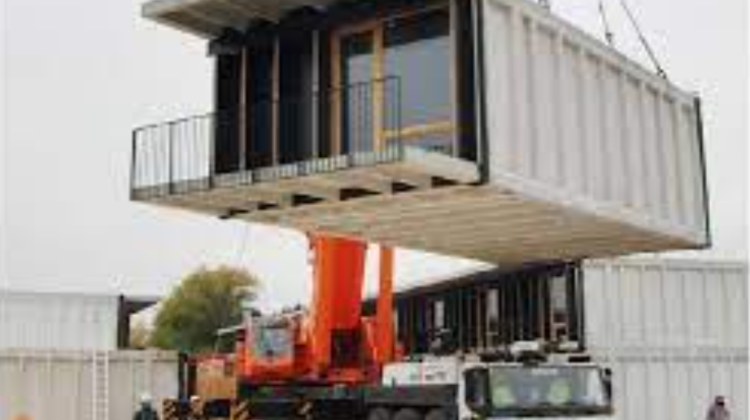
What’s the Difference Between a Factory-Built Structure and a Prefabricated Building?
How many different types of prefabricated building exist, and what’s the difference between them? And does all prefabricated buildings can be hired though. Many steel structures are manufactured at the factory but don’t know how to hire it . With so many options available, here’s everything you need to know about prefabricated buildings of all kinds and how they might be able to help your business.
Differences in Quality
Factory-built structures and prefabricated buildings are very similar, but there are a few differences that should be considered when choosing which option is best for your project. One of those differences is construction material quality. With a factory building, you’re typically dealing with an all-steel structure, meaning there will be no wood included in your building materials. A pre-fabricated building may include some preformed steel framing alongside non-structural components like drywall or insulation panels made of engineered wood fiberboard.
Construction Practices
One of the major differences between a prefabricated building and a steel structure from a construction site is that most factory-built buildings are meant to be permanent. As such, they’re made with materials that can withstand extreme weather conditions, especially extreme temperatures, for years on end. When installed correctly, these buildings can last over 100 years without any significant wear or tear. If you purchase your own steel structure for construction purposes rather than hiring an expert contractor, you’ll need to put in some extra work to get it built properly.
Environmental Benefits
Many prefabricated buildings are a step up from standard trailers in terms of construction quality, but steel structures typically have higher material ratings (which is another way of saying they’re built to last longer). Additionally, factory-built structures typically require less onsite work during installation. This means fewer potentially damaging environmental impacts and disruptions for both workers and nearby communities. Given their shorter installation times, prefab buildings are also more cost effective in terms of labor costs. Longer lifespan doesn’t just equate to lower costs for structural support or utilities – it means less waste produced over time too! All of these factors contribute to increased environmental sustainability over all. Whether you choose a temporary or permanent building, prefab is a great option when considering energy efficiency.
Manufacturers & Contractors
A temporary building is an often movable structure, which means that it can be moved from one place to another. As a result, temporary buildings are usually relatively cheap compared to more permanent structures such as a house or business. A permanent structure, by contrast, cannot be moved once it has been built into its final form; therefore, it will remain in place for years to come. The most common example of a permanent structure is a factory-built steel building. These prefabricated buildings are designed to provide businesses with durable and reliable shelter for many years without requiring much maintenance. However, not all prefabricated buildings can be hired though. Many steel structures are manufactured at the factory but require onsite construction before they can be used as a commercial space.
Steel vs. Other Materials
Steel is a great choice for commercial buildings because it can be extremely durable. But not all prefabricated buildings can be hired though. Many steel structures are manufactured at the factory but assembled at another location, which means they’re often difficult to transport to offsite locations. This type of structure usually needs to stay in one place—but if you need something temporary or portable, look into other types of materials, like plastic or aluminum.
Added Value
The main difference between a factory-built building and a prefabricated building is that prefab buildings are designed to be placed, or set, on a site. A factory building can be built onsite but it is designed to move into place. You can hire contractors to complete either of these jobs for you. Temporary structures are especially useful in situations where construction work might impact other property owners or cause general disruption in your neighborhood. A temporary structure may also be appropriate if your business needs more space than you have available currently.


